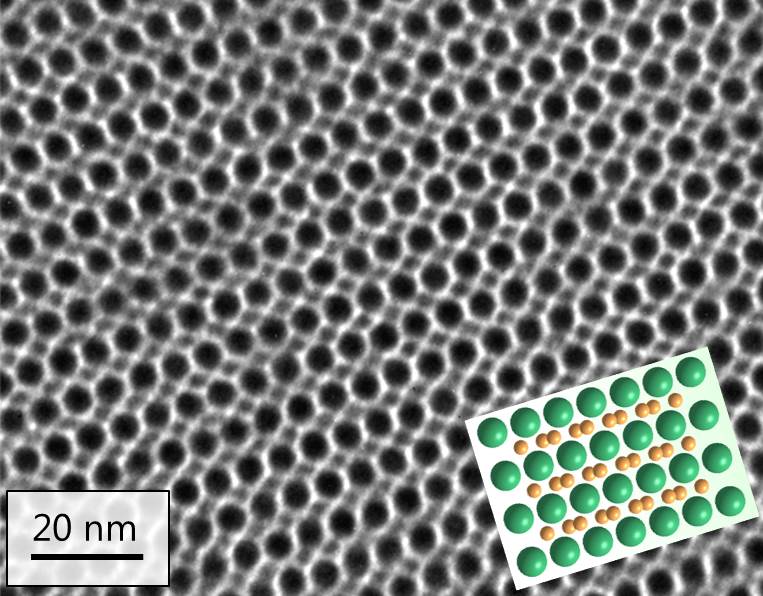Nanowires in Dielectron-like Nanostructures) Ph.D.
Researcher and author: Dr. ( Afshin Rashid)
Note: Nanowires are high-dimensional, large-area quasi-dielectric nanostructures in which the radial strain uniformity allows for unusable combinations of semiconductor materials. Enables numerous applications of nanowires in electronics, optics and quantum technologies in general.
In particle amplification, nanowires are synthesized by calculating the nanowire particles embedded in the alumina pattern in the air. The morphology and stages of nanowires / nanotubes are examined by transmission electron microscopy (TEM) and X-ray diffraction (XRD), respectively. Electron reaction of nanowire particles between oxidation is involved in the formation of such Nanowire nanostructures.
In the immersion method, nanowires have enough time to transfer from nanoparticle particles to cavities ; The formation step of uniform nanoparticles is done slowly and finally uniform nanowires are formed. Structural study by particle amplification of nanowires in the immersion method of single-stranded nanowires in all porosities and in a large area in nanowire particles are formed. Changing the Sr / Fe ratio does not change the morphology of the nanowires. And spectroscopy of nanowires with a ratio of Sr / Fe states within the nano-particles inside (nanowires uniform) elements Fe and Sr of ferrite strontium in spectroscopy nanowires uniform is seen in the sample of nanoparticles Sr / Fe to value Its stoichiometry is closer to the electromagnetic composition of nanoparticles, while Due to the lower solubility of uniform strontium nanowire nanomolecules compared to iron nitrate and the consequent presence of less strontium ions in the reaction with the electromagnetic particles of the nanowires, there is more Fe ions in the final structure.
Conclusion:
Nanowires are high-dimensional, large-area quasi-dielectric nanostructures in which radial strain uniformity allows non-usable compounds of semiconductor materials. Enables countless applications of nanowires in electronics, optics and quantum technologies in general.
Researcher and author: Dr. ( Afshin Rashid)
PhD in Nano-Microelectronics




